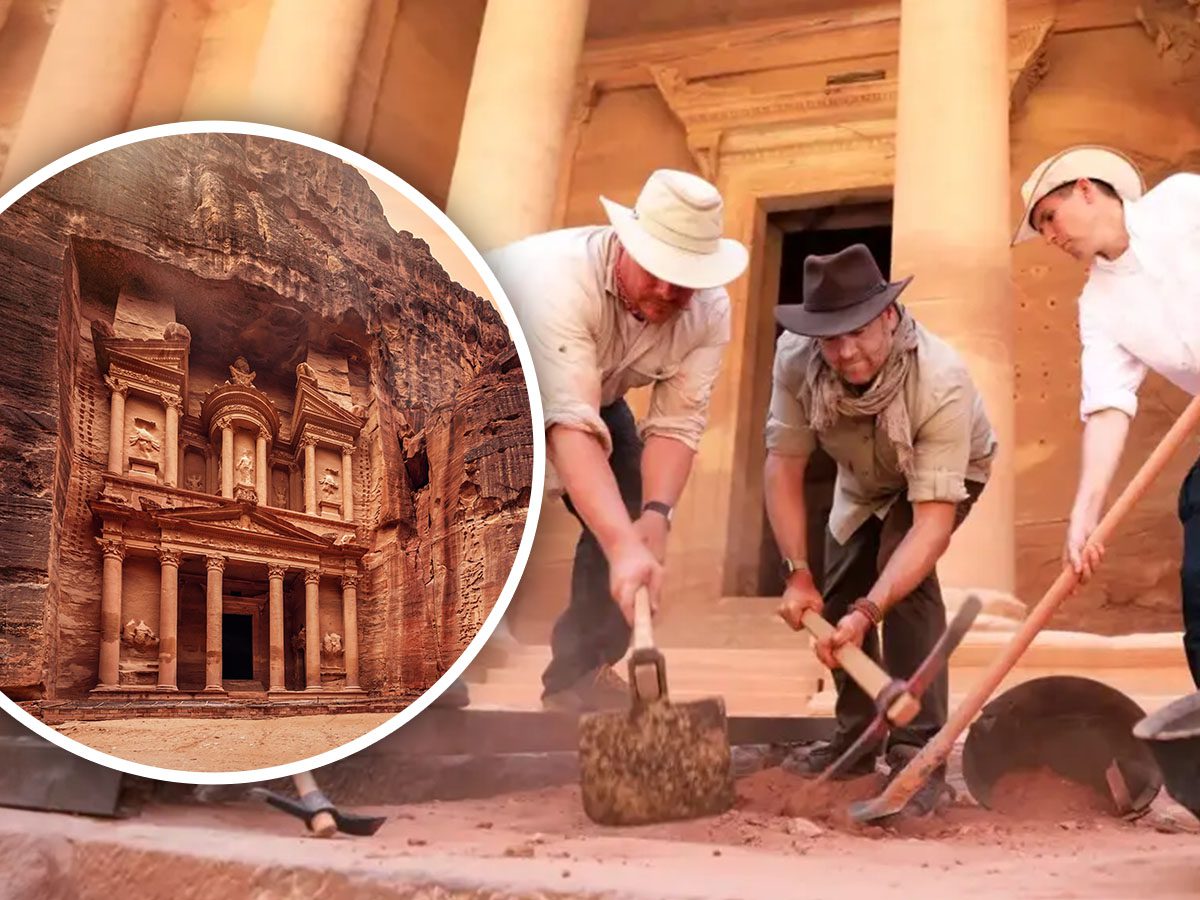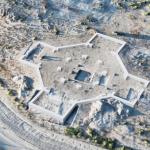
Indiana Jones may have been right as archaeologists uncovered 12 skeletal remains and a “Holy Grail” chalice in Petra, Jordan. The discovery was made in underground chambers in the Khaznah, which means, “The Treasury,” a site that was filmed in “Indiana Jones and the Last Crusade,” where the titular adventurer goes in search of the Holy Grail. In 2003, two tombs had been uncovered below the monument, convincing some that there might be more below. A team led by Dr. Pearce Paul Creasman, executive director of the American Center of Research, did further digging to prove that theory, uncovering the remains and artifacts that appear to be at least 2,000 years old.
The Jordanian government granted permission to Creasman’s team after he utilized ground-penetrating radar to compare the left side beneath the monument, where the two tombs had been found, with the right side. There were enough similarities between the two sides to start further excavation, with Creasman contacting Discovery Channel’s Josh Gates of “Expedition Unknown” to bring a film crew down. The tombs are particularly unique for remaining intact through the centuries, with remains and artifacts still present. “This is a hugely rare discovery — in the two centuries that Petra has been investigated by archaeologists, nothing like this has been found before. Even in front of one of the most famous buildings in the world … there are still huge discoveries to be made,” said Gates of the find. Such a discovery could give researchers new insights into the lives of the ancient Arabian nomads, known as Nabataeans, who lived in the region.
One of the remains was found clutching a “Holy Grail” style chalice. “It really was this awesome moment of history imitating art,” said Gates, referring to Indiana Jones’s connection to the site. Researchers are hopeful to do further testing to the skeletal remains found in the tombs. DNA testing could show whether the individuals were related, which may give some clues to the burial patterns of the Nabataeans. The Nabataeans did not normally distinguish their royalty from their common people in burial practices, but Gates believes these particular tombs may be significant. “They must be hugely important people, because where they’re buried is such prime real estate; it really is the main entrance to the city. I think learning who they are is really going to help unlock part of the story of the Treasury.”


